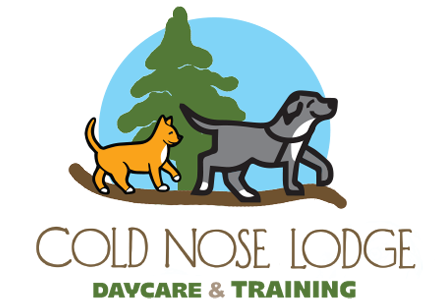There is no nutritional value to food dye.
There is no nutritional value to food dye. I understand that by appealing to our eyes, manufacturers are trying to make us more likely to purchase food for ourselves. Our dogs do see color, but they are much more driven by the smell of a product. Any dyes added to dog foods are purely for the human’s enjoyment. If my dogs like a product, they will show it with wagging tails and enthusiastic chewing. Turning it red or green will have no impact on their feeling for a food. So, why would we give our dogs food with unnecessary chemicals?
In 2010, the European Union began requiring warning labels on foods with dye. In the United States, dyes are considered safe by the FDA, although the Center for Science in the Human Interest recommends banning them. According to the APSCA, “Food colorings approved for human consumption are also safe to be used in foods for pets.” Most food dyes are made from petroleum. Very little research has been done on the effects of dyes on animals, especially animal behavior.
Food dyes are not allowed in my house for my dogs or my children. I am interested in hearing feedback on this issue from other dog lovers and parents.
Here is an excerpt from the Center for Science in the Public Interest report “Food Dyes A Rainbow of Risks:
Red 40, the most-widely used dye, may accelerate the appearance of immune-system tumors in mice. The dye causes hypersensitivity (allergy-like) reactions in a small number of consumers and might trigger hyperactivity in children. Considering the safety questions and its non-essentiality, Red 40 should be excluded from foods unless and until new tests clearly demonstrate its safety.
Yellow 5 was not carcinogenic in rats, but was not adequately tested in mice. It may be contaminated with several cancer-causing chemicals. In addition, Yellow 5 causes sometimes-severe hypersensitivity reactions in a small number of people and might trigger hyperactivity and other behavioral effects in children. Posing some risks, while serving no nutritional or safety purpose, Yellow 5 should not be allowed in foods.

